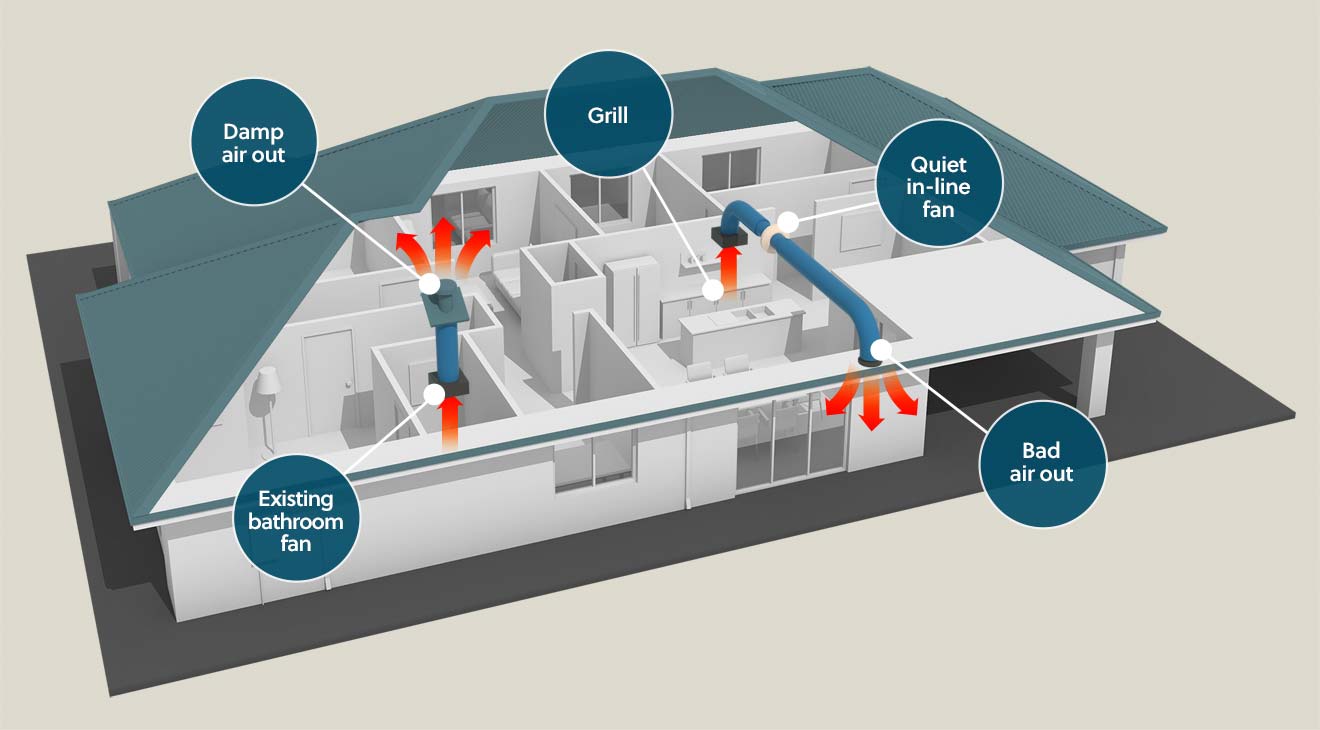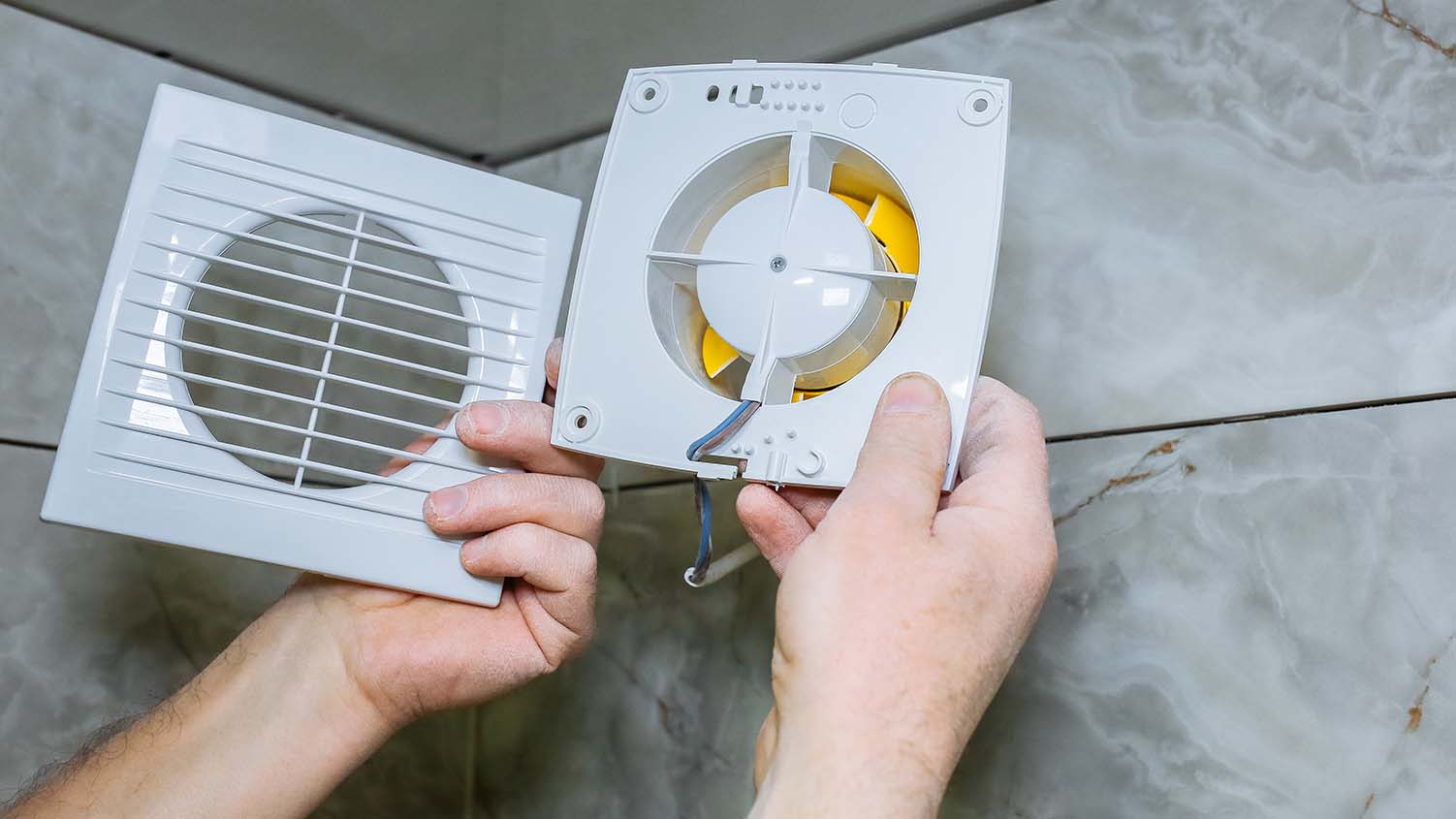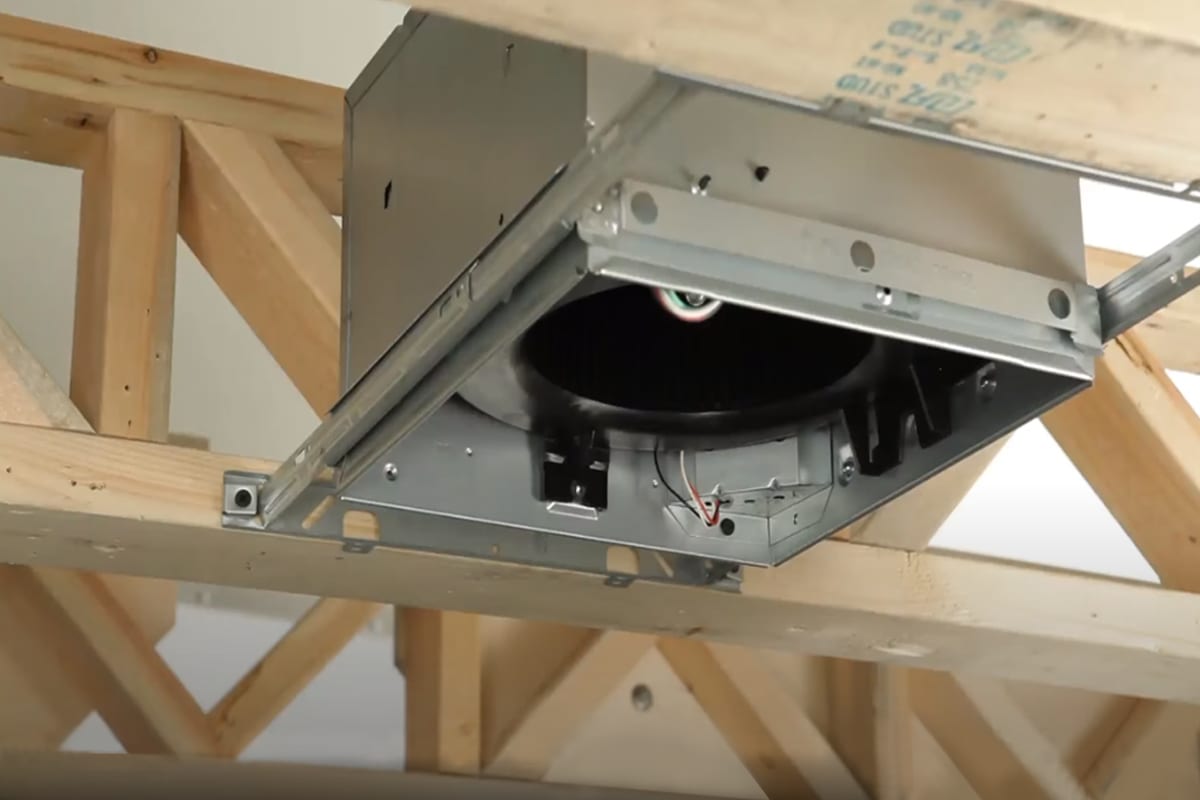Understanding Bathroom Fan Basics

Bathroom fans are essential components of any well-ventilated bathroom, playing a crucial role in maintaining healthy indoor air quality and preventing moisture buildup. They effectively remove excess humidity, odors, and pollutants, creating a comfortable and hygienic environment.
Types of Bathroom Fans
Bathroom fans come in various types, each with unique features and advantages. The choice of fan depends on factors like bathroom size, ventilation requirements, and budget.
- Axial Fans: These fans are the most common type, featuring a single impeller that rotates on a central shaft, pushing air directly through the vent. They are generally affordable, compact, and suitable for smaller bathrooms.
- Centrifugal Fans: These fans use a centrifugal impeller to draw air into the fan and then push it out through a curved duct. They offer higher airflow rates and are ideal for larger bathrooms or rooms with high humidity levels.
- Inline Fans: These fans are typically installed within the ductwork, allowing for a more streamlined and aesthetically pleasing installation. They are often used in conjunction with other ventilation systems.
- Exhaust Fans: These fans are specifically designed to remove air from a room. They are commonly used in bathrooms, kitchens, and other areas where odors or humidity need to be extracted.
Key Components of a Bathroom Fan
Understanding the key components of a bathroom fan is crucial for proper operation and maintenance.
- Motor: The motor is the heart of the fan, providing the power to rotate the impeller. It is typically powered by electricity and can be AC or DC.
- Impeller: The impeller is a rotating blade assembly that moves air through the fan. It is typically made of plastic or metal and can have different designs depending on the fan type.
- Housing: The housing encloses the motor and impeller, providing a protective and aesthetically pleasing enclosure. It is typically made of plastic or metal and can be designed to match the bathroom decor.
- Vent: The vent is the opening through which the fan exhausts air to the outside. It is typically connected to a duct that leads to the exterior of the building.
How Bathroom Fans Work

Bathroom fans play a crucial role in maintaining a healthy and comfortable environment in your bathroom. They effectively remove excess moisture, odors, and pollutants, preventing the growth of mold and mildew. Understanding how these fans operate is essential to appreciate their value and ensure their proper functioning.
The Airflow Mechanism
Bathroom fans work by creating negative pressure within the bathroom, drawing in humid air and expelling it outside. This process is driven by a small electric motor that powers a fan blade. The fan blade rotates rapidly, creating a low-pressure zone behind it. This pressure difference draws air from the bathroom into the fan, where it is then pushed through a vent and out of the house.
The Fan’s Operation
The operation of a bathroom fan can be broken down into a series of steps:
- Activation: When you turn on the bathroom fan switch, electricity flows to the motor, initiating its rotation.
- Air Intake: The rotating fan blade creates a low-pressure area behind it, drawing in humid air from the bathroom.
- Air Circulation: The air is then forced through the fan’s housing and into the vent system.
- Air Expulsion: The air is expelled outside the house through the vent, effectively removing moisture, odors, and pollutants from the bathroom.

The diagram illustrates the path of air through the fan and vent system. The fan blade creates a low-pressure zone behind it, drawing in air from the bathroom. The air then travels through the fan housing and into the vent system, which directs it outside the house.
Factors Influencing Bathroom Fan Performance: How Do Bathroom Fans Work
How do bathroom fans work – The effectiveness of a bathroom fan is crucial for maintaining a healthy and comfortable environment. Several factors contribute to its performance, and understanding these aspects can help you choose the right fan for your needs and ensure optimal ventilation.
Fan Size and CFM Rating
The size of the fan and its CFM (Cubic Feet per Minute) rating are key determinants of its performance. A higher CFM rating indicates a greater volume of air moved per minute, which is essential for efficient removal of moisture and odors.
- Fan Size: Larger fans generally have higher CFM ratings, but this isn’t always the case. It’s important to consider the size of your bathroom and the amount of air that needs to be moved.
- CFM Rating: The recommended CFM rating for a bathroom fan is typically calculated based on the bathroom’s square footage. For example, a 50 square foot bathroom might require a fan with a CFM rating of 50 or higher. However, factors like ceiling height and the presence of a shower or bathtub can influence the required CFM.
Vent Length and Ductwork
The length and configuration of the vent duct significantly impact the fan’s performance. A longer or more complex duct system can increase resistance, reducing the fan’s effectiveness.
- Vent Length: A shorter vent length minimizes resistance and allows the fan to operate more efficiently. Long vent runs can significantly decrease the fan’s CFM output.
- Ductwork: Smooth, straight ductwork with minimal bends and transitions is ideal for optimal airflow. Using flexible ductwork should be avoided as it can create significant resistance.
- Duct Size: The duct size should match the fan’s outlet size to ensure smooth airflow. A duct that is too small can restrict airflow and reduce the fan’s effectiveness.
Fan Type and Performance, How do bathroom fans work
Bathroom fans come in various types, each with its own strengths and weaknesses. Choosing the right type depends on your specific needs and budget.
- Axial Fans: These fans are relatively inexpensive and commonly used in residential bathrooms. They are simple to install and provide adequate ventilation for smaller bathrooms. However, they may not be as powerful as other types.
- Centrifugal Fans: These fans are more powerful than axial fans and are often preferred for larger bathrooms or those with complex ductwork. They can move larger volumes of air, but they are typically more expensive.
- Inline Fans: These fans are installed within the ductwork and are often used for long vent runs. They are very efficient and can provide powerful ventilation, but they require more space and may be more challenging to install.
Bathroom fans work by drawing moist air out of the room and expelling it outside, preventing mold and mildew growth. To ensure efficient ventilation, consider investing in a best bathroom exhaust fan with light that provides both ample airflow and illumination.
By choosing the right fan, you can create a healthier and more comfortable bathroom environment, all while enjoying the added convenience of integrated lighting.
Bathroom fans are essential for ventilation, removing moisture and odors. A well-functioning fan is crucial for maintaining a healthy bathroom environment. If you’re looking to create a spa-like experience, consider investing in a quiet and powerful fan, like those featured in spa like bathroom ideas on a budget.
A good fan can contribute to a relaxing and luxurious atmosphere, complementing your other spa-inspired décor choices. Remember, a functional fan is key to ensuring a comfortable and hygienic bathroom space, regardless of your design aesthetic.
